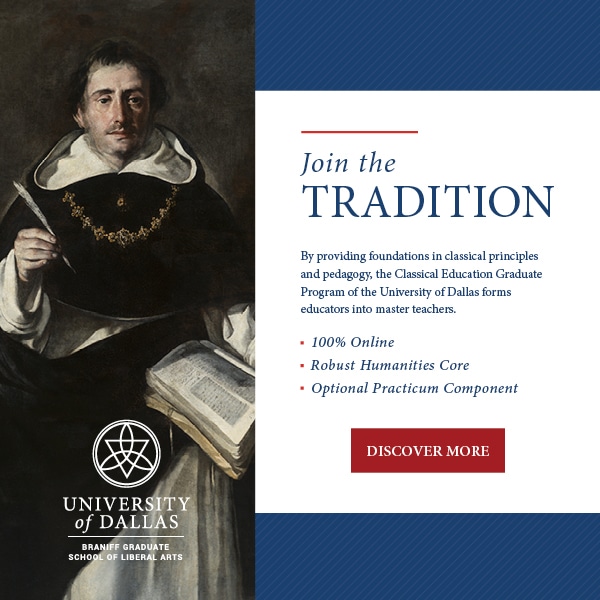Form, Content, and Human Connection
In my last post I discussed the importance of form, but one way to understand that practically is by seeing how form directly shapes and guides our understanding of content.
Take music, for example.
For instance, there is a (dreadful) song by Taylor Swift called “We are never ever getting back together”. The lyrical content of the song is an angsty break-up anthem in which the singer rejoices in the finality of the separation. The form–the drums, electric guitars, bass, and vocals–all come together to create an ethos that one of my students labeled as “condescending.” And then there is a cover of the same song by a young man named Noah Guthrie who performs the song with only an acoustic guitar and his own vocals–and it is incredible to hear what a drastically different song it is. He is using much of the same content of the original song–the same lyrics, melody, chords, etc–but the change in form totally alters the meaning of all those things. The song becomes a mournful, soul-wrenching lament at the futility of a broken relationship, and the chorus’s original refrain that is the title of the song shifts from joy to despair. The change in the form of the song changes completely the meaning of the content.
We all know this in a much simpler way, of course. There is a world of difference between the sound of your spouse saying your name (content) as you embrace in the airport after a separation, and the sound of your spouse saying the exact same name (content) from across the house when the baby has had another diaper blow-out and the others are hammering on the piano keys with metal spatulas. You can see that, in many cases, form provides context–and ultimately meaning–to the content to which it communicates.
Neil Postman speaks about this at length in his book Amusing Ourselves to Death (if you have not read this, I highly recommend you do so as soon as humanly possible). It is hard to overstate how essential it is that we have a correct understanding of the way form effects content if we are to rightly esteem and evaluate the unfathomable loads of discourse we are subjected to on a daily basis. Many Christians are producing art at a prolific rate without the understanding that you simply cannot take a secular form and cram Christian content into it and expect that the form will not effect the content in any way. Form always affects content.
Understanding the relationship between form and content is the basis of rhetoric, and consequently most of life. The rhetorician seeks to find the most appropriate form for the audience before him that will best allow him to communicate the content he wishes to express. The ideas one wants to express are important, and we should spend much time shaping and crafting our content to be without blemish, but we must also take care to consider the best way of expressing those ideas–through our words, our tone of voice, our very posture. And because we all practice rhetoric every day, in all of our dealings with one another, we should be constantly striving to discern the most appropriate behavior and words (form) for any given situation. It is one way which we humans can show our love and respect for our fellow image-bearers–by letting our form match the content of our love.
Joshua Leland
Josh Leland is a humanities teacher at Covenant Classical School in Concord, NC. He earned his BA and MA in English from the University of North Carolina at Charlotte. He and his wife, Rebekah, also a teacher, and their five children, Ransom, Calvin, Alethea, Mary, and Olga live in Charlotte, NC. [Editor's note: He's also quite a good poet].











